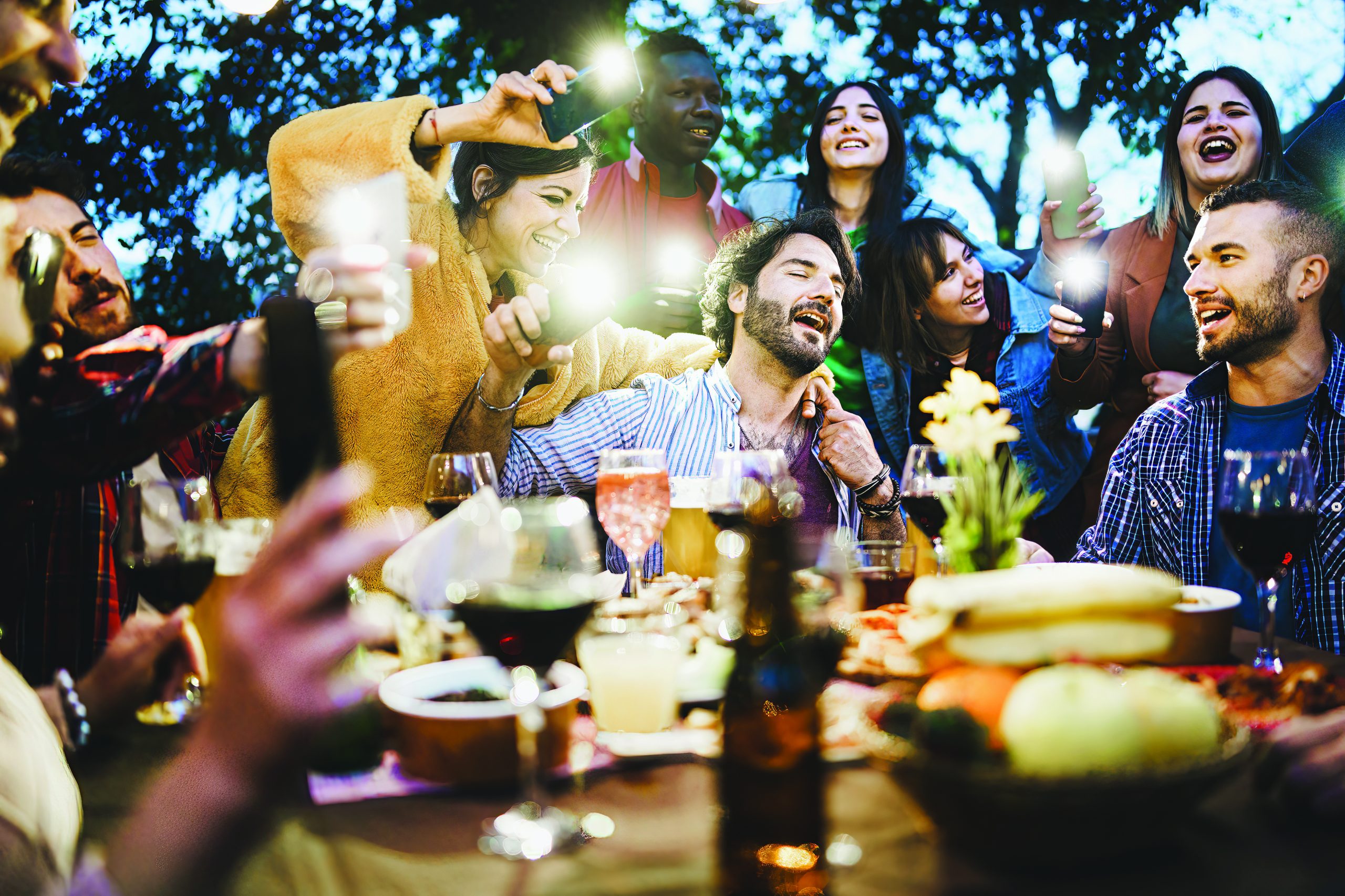
One year ago on Memorial Day weekend, I woke up to a wall of silence. Overnight, I’d lost the ability to hear out of my right ear.
Eventually, I was diagnosed with sudden hearing loss. My half-eared condition now makes dining and other public events more challenging. Nobody can sit on my right at a meal, but I’m learning to cope.
My epiphany about restaurant noise came before my acquired disability. I was reviewing a new upscale Denver bistro; our server leaned in to take the order. I said, “I’ll get the steak, medium rare.”
What he delivered was an order of skate, a seafood delicacy sautéed in brown butter with capers. I ate it anyway, but at the end of the evening, I was hoarse from yelling over the secondhand din.
After that, I started bringing a sound measuring device and found some places pinned the meter at 70 to 80 dBs on a Friday evening — halfway between a vacuum cleaner and a police siren.
If I had to scream to be heard by the person sitting next to me, I marked restaurants’ letter grades down a notch in my reviews. I got some backlash for “taking the fun out of dining;” The sound of people talking is what makes full restaurants charming, my critics contend.
But not everyone feels that way.
When I asked friends and neighbors whether the decibel level was a major factor in choosing Boulder County restaurants, the response was emphatic. They talked about boycotting the noisiest places, wearing earplugs or walking out if it’s too loud to communicate with servers and friends. They mentioned begging managers to turn down the music and being laughed at or told that the volume on the beat-heavy dance tunes was controlled at some distant corporate office.
This group — although small, selective and certainly not representative of the dining population as a whole — said they would patronize restaurants that offered “quiet” hours — sonically friendly dining one night a week. (Those would be real happy hours.)
Post-pandemic, my own list of painfully loud local restaurants has grown exponentially. Which led me to wonder: Have Boulder County eateries really gotten a lot noisier, or have I simply grown more intolerant?
‘Part of the experience’
What scant data exists shows the opposite is happening, at least nationally. In late March, Wall Street Journal (using data from SoundPoint, a crowdsourced repository of restaurant noise levels created for the hearing-impaired community) reported that the percentage of restaurants too loud for a normal conversation actually decreased between 2019 and 2023.
But, as the article concluded, Americans seem to like noisy eateries.
“Part of what gives a place energy and a fun vibe is having some noise,” says Lisa Balcom, who co-owns Niwot’s Farow Restaurant with her husband, Patrick. “There’s nothing worse than a room full of people just talking and no background soundtrack. Music brings a certain energy to the room that is part of the experience.”
Megan Bucholz, the owner of Local Table Tours, has been guiding diners to culinary stops in Denver, Boulder and Fort Collins for 14 years. She finds herself uncomfortable when restaurants are too quiet.
“When places aren’t loud and you’re talking, it feels like everyone can hear your conversation,” Bucholz says. “A friend told me she found a quiet restaurant, but it wasn’t noisy because nobody wanted to eat there. I don’t know if there’s a way to fix the noise problem for everyone.”
Balcom agrees that some din is to be expected.
“If you want to eat at six o’clock on a Friday, you have to expect people and noise,” she says. “There’s only so much I can do to control the environment.”
Making adjustments
Still, both women do what they can to accommodate the noise-sensitive among us.
“Design-wise, the hard surfaces are sexy and fun, but I had soundproofing installed in the rafters and the chairs upholstered to help dampen the noise bouncing through the room,” Balcom says. “Throughout the evening, I adjust the music volume according to how many bodies I have in my room. The music goes up as there are fewer people.”
The restaurateur’s advice for quieter dining is to contact the restaurant beforehand.
“I try to seat them in a corner or by the windows where there’s a little less hustle and bustle, or I tell them to come in earlier or later in the evening,” she says. “There’s also the patio where the noise just kind of goes off into the ether.”
Bucholz agrees that timing is everything.
“We most often take our tours when restaurants are empty in the sweet spot between 2 and 5 p.m., so it is almost never too loud,” she says. “If it’s too loud, we can’t connect with our guests.”
